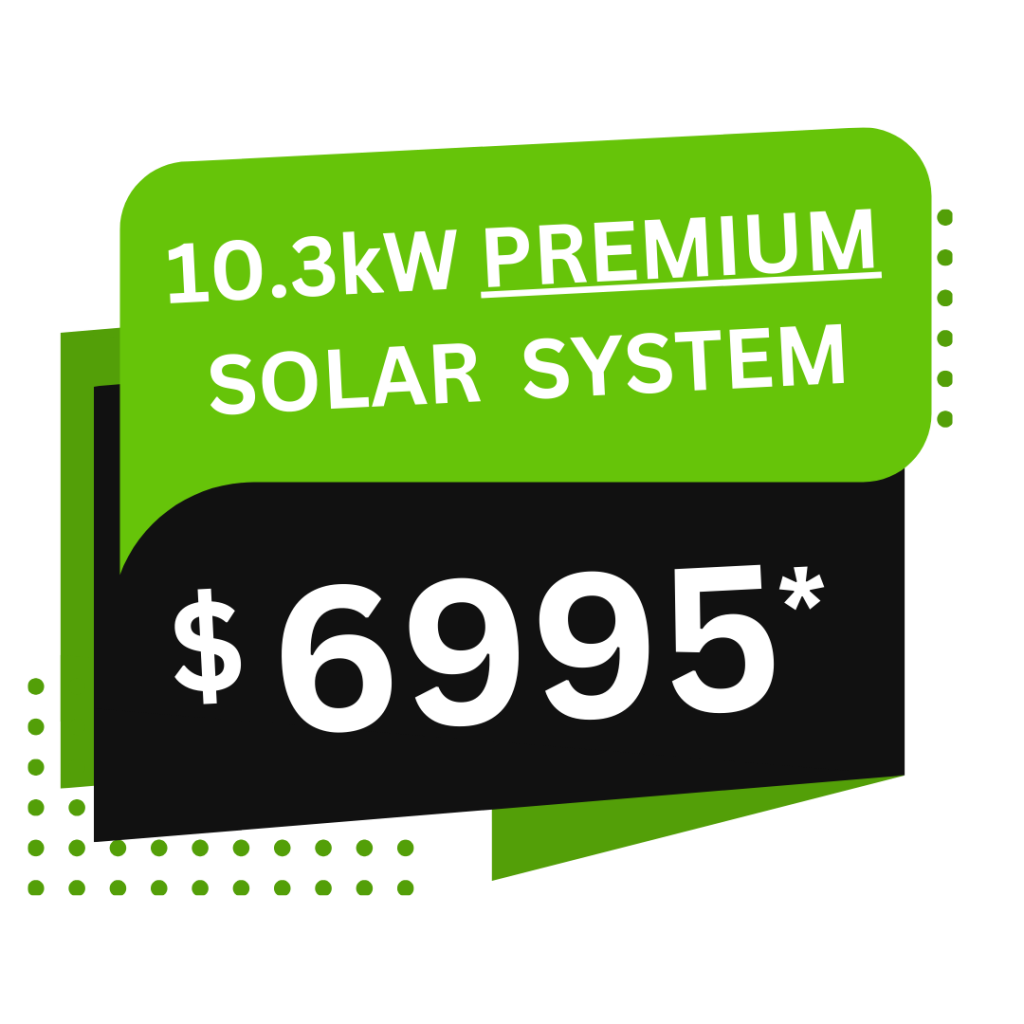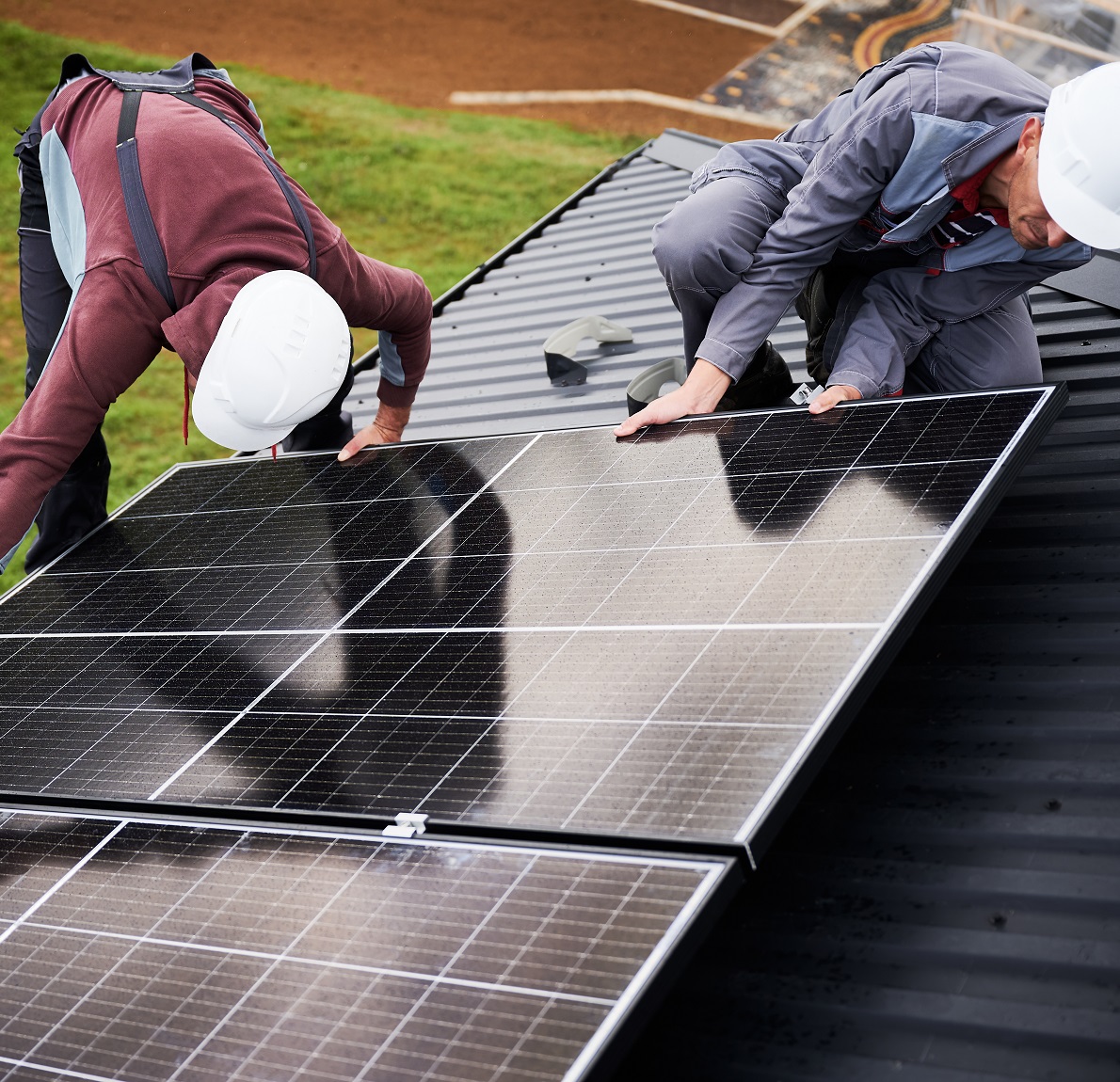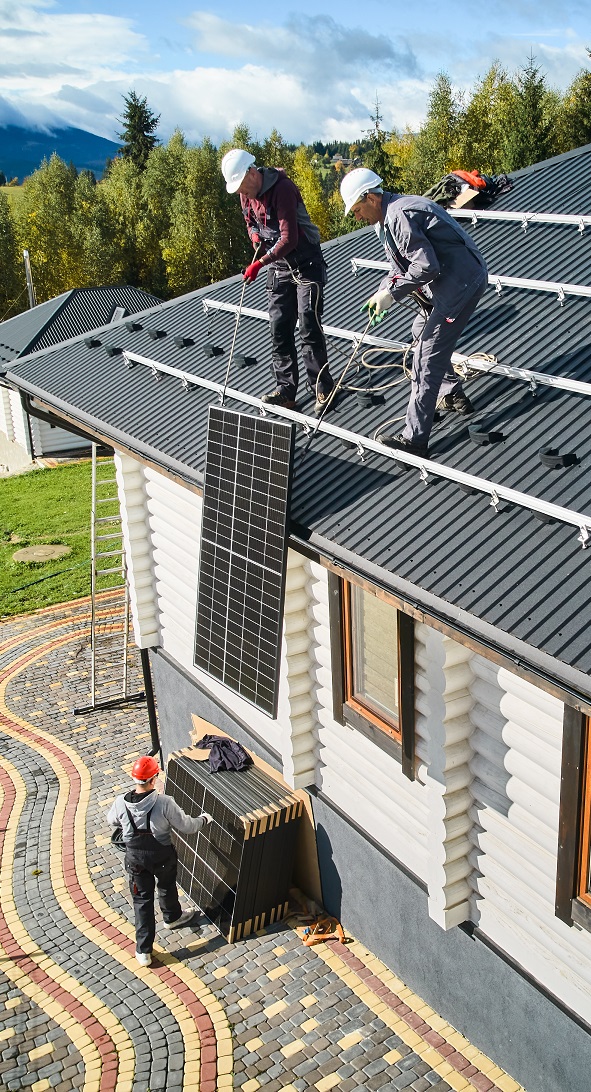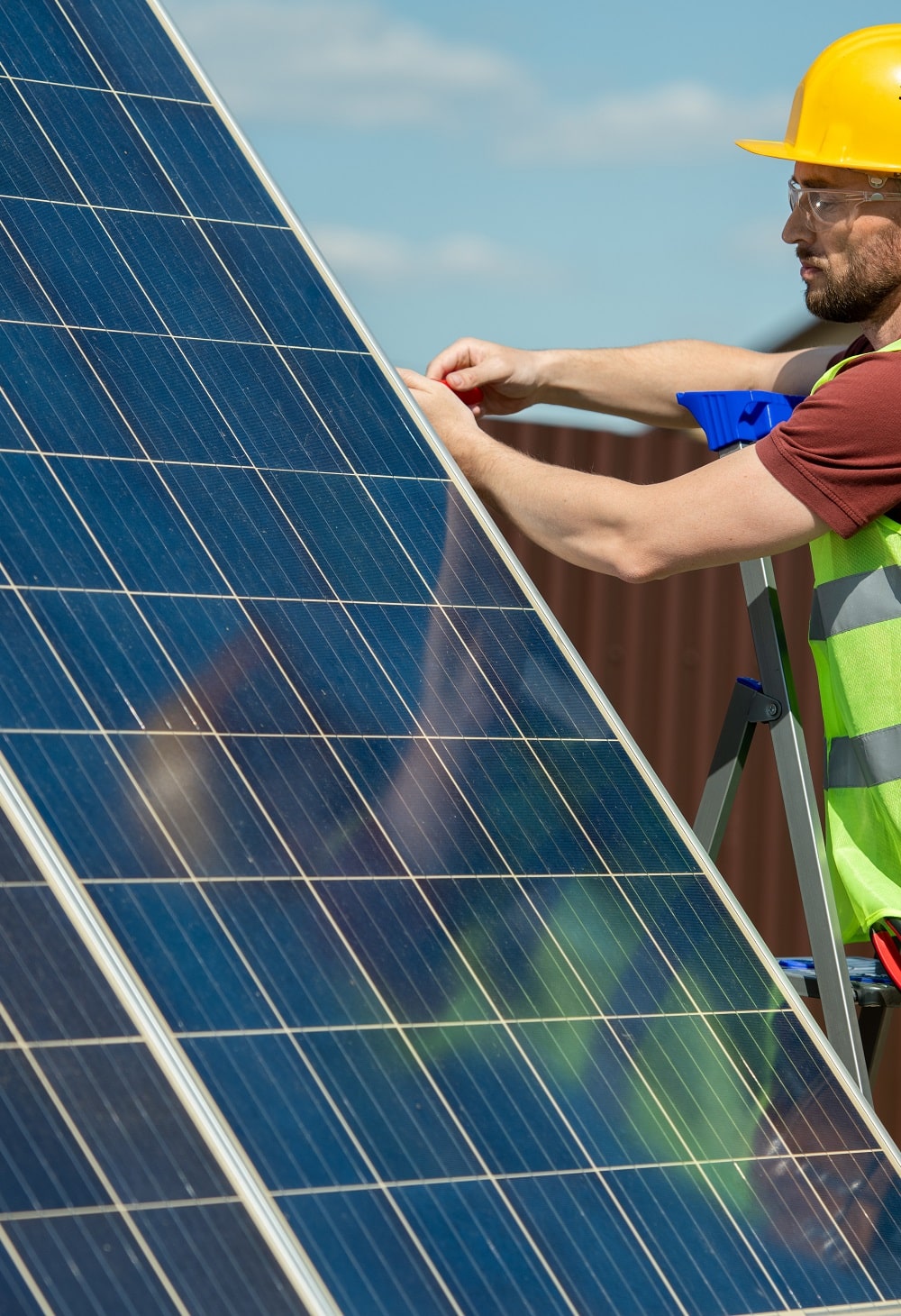If you are a residential home owner in NSW who is looking to make the switch to home solar power, Efficient Energy Group can help save you both time and money by providing you up-to-date knowledge on current government rebates. We handle everything for you! and have payment plans to suit all budgets. Efficient Energy Group is an approved Australian Government Energy Saving Scheme (ESS) Provider in NSW.
NSW Solar Panel Rebate Available Now For Residential Home Owners In NSW
Zero Deposit. Fully Installed with Interest Free Finance available now.
Thanks to a current NSW rebate, you can reduce your residential electricity bill by hundreds of dollars by installing a premium solar system at your home.
Contact us today to make a booking with one of our qualified installers.



Check Your Eligibility Now
Enter your details and residential suburb to check your eligibility.
NSW Solar Panel Rebate
The NSW state government currently offers a incentive on the installation of eligible solar systems to help you reduce your energy costs. The STC Rebate Program – the NSW Solar Panel Rebate – is available to eligible NSW households.
If you are looking for a way to reduce your energy costs, the he STC Rebate Program might be just what you need! The solar panel rebate is available to eligible NSW households and is designed to help cover the cost of installing a new solar system. If you’re looking to save monely on your electricity bill now is the perfect time to install a solar system at your home.
You can save hundreds of dollars thanks to the state and federal rebates on offer!
The Solar Panel Rebate is a great way to reduce your energy costs, and save money on your electricity bill.
Contact us to see how the NSW solar panel rebate can slash your energy bills. Available to eligible households located in New South Wales Australia, this initiative covers the installation costs of a premium solar system. See below for our current solar systems prices and available options.
STC Rebate Program Helps Australians Go Solar
Are you ready to go solar? Maybe you’re afraid the technology is still out of your price range?
Good news for Australia residents!
The Australian government has introduced a variety of initiatives that encourage residents to adopt renewable energy. One of the most significant is the Small-scale Technology Certificates program.
The certificates are sold to companies that burn fossil fuels in order to balance environmental destruction. The initiative ultimately supports Australia’s goal of Net Zero by 2050.
Keep reading our ultimate guide for everything you need to know about the STC rebate program, its workings, eligibility criteria, and the benefits it offers to property owners.
What are STCs?
What are Small-scale Technology Certificates?
The tradable certificates represent units of environmental benefit. One STC equals one megawatt-hour of electricity generated by eligible renewable energy systems. The systems include equipment like solar panels and solar water heaters.
But how do STCs encourage the adoption of renewable energy?
The certificates offer financial incentives to reduce consumers’ installation costs. The certificates quantify the positive impact of reducing greenhouse gas emissions. In truth, STCs make sustainable energy solutions more affordable and accessible.



How Do STCs Work?
STCs are based on the expected energy output of a renewable energy system. The calculation is based on factors like system size, geographic location, and installation date.
Larger systems in sunnier locations generate more STCs. The Clean Energy Regulator issues the certificates to make sure the systems meet eligibility requirements and maintain market integrity.
Once issued, STCs can be sold on an open market. System owners earn financial returns by selling the certificates to electricity retailers, which purchase STCs to meet their own renewable energy targets.
STC prices fluctuate based on market demand and government policies – all of which can be monitored on the CER website. By offsetting initial installation costs, STCs offer an extra incentive to adopt renewable energy.
Can You Trade STCs Yourself?
System owners have several options for trading STCs. They can sell them independently on the market, use brokers or aggregators to handle sales, or have their installer manage the process.
Trading independently can potentially yield higher returns. However, it requires a good understanding of market dynamics. Brokers and installers offer convenience and expertise, though fees may result in lower returns.
What is the STC Rebate?
The STC rebate scheme reduces the upfront costs of installing solar panels, solar water heaters, and other renewable energy systems. By providing a financial incentive through STCs, the rebate encourages homeowners and businesses to adopt renewable energy solutions.
How the Solar Rebate Works
How do you take advantage of the solar panel rebate program?
The NSW solar rebate is applied at the point of sale or installation. When a renewable energy system is installed, it generates a certain number of STCs based on its size, location, and expected energy output.
The certificates are then traded, and the value is deducted from the installation costs. The process provides immediate savings to the consumer. Installers usually process the rebate application by applying the STC value as a discount on the overall system.
How Much Do STCs Cost?
STC value fluctuates based on market demand, supply, and government policies. As of now, the average price of an STC can significantly impact the total rebate value.
A typical residential solar installation can save homeowners thousands of dollars through the STC rebate. The number of STCs a system generates directly influences the rebate amount, so larger systems in sunnier locations are more financially advantageous.
When Does the STC Rebate Program End?
The STC scheme is scheduled to phase out gradually. The number of STCs will decrease each year until 2030.
Why do the rebates decine over time? The schedule reflects the government’s plan to taper financial incentives as renewable energy becomes more mainstream and affordable.
Since the rebate decreases over time, now is the time to install a solar system for the greatest savings. Check your eligibility today.
STC Rebate Eligible Products
What products are eligible for STC rebates? Can you choose any equipment?
The STC rebate applies to a variety of renewable energy technologies. The rebate encourages adoption of systems that reduce carbon emissions and promote sustainable energy.
Eligible Products
- Solar Panels: The most popular choice, solar photovoltaic systems are widely installed for residential and commercial properties. The systems convert sunlight into electricity, so they provide significant energy savings.
- Solar Water Heaters: Solar water heating systems use solar energy to heat water. They reduce reliance on conventional water heating methods and lower energy bills.
- Small Wind Systems: Ideal for rural or windy areas, small wind systems harness wind energy to generate sustainable electricity..
- Air Source Heat Pumps: An air source heat pump transfers heat from the outside air to the inside of a building for heating or cooling. As a result, it relies less on fossil fuels.
Eligibility Criteria
The Clean Energy Regulator provides detailed guidelines and criteria for eligibility, so only certified systems and products qualify for STCs. Those criteria include:
- Timeliness: STCs must be created within 12 months of installation.
- CEC Approved: Inverter and solar panels must be Clean Energy Council approved.
- Maximum Capacity: There is a maximum 100kW DC capacity.
- Legality: System must adhere to local, state, and federal government legislation.
- Standards: The equipment must meet Australian standards.
How to Apply for the Solar Rebate in NSW
Applying for the solar rebate in New South Wales involves a few steps that ensure compliance and maximize savings:
1. Choose a CEC-accredited Installer
Select an installer accredited by the Clean Energy Council to ensure that your system meets industry standards and is eligible for STCs.
2. Install an Eligible System
Work with your installer to choose a system that qualifies for STCs. The installer will guide you through the selection process based on your energy needs and location.
3. Submit Necessary Documentation
Your installer will handle most of the paperwork. This includes documentation to the CER that validates the system’s eligibility and calculations of the STCs generated.
4. Receive Your Rebate
Once approved, the value of the STCs is applied as a discount on your residential solar installation cost. The solar rebate effectively lowers the upfront expense. Your energy therefore becomes more affordable.
How Are STCs Calculated?
STC calculation is based on a few key factors. Each of the following affects the number of certificates your system will generate:
- System Size: Larger systems generate more STCs due to their higher energy production. For example, a 10kW solar panel system will produce more certificates than a smaller 5kW system.
- Geographic Location: Your system’s location affects the number of STCs it generates. Systems in areas with higher solar radiation – Queensland or Northern Territory, for example – typically generate more STCs than those in less sunny regions like NSW solar panels.
- Installation Date: The number of available STCs decreases annually as part of the government’s planned phase-out. Installing your system sooner can result in more certificates and greater financial benefits.
How Much Do You Save with Solar Panels?
Do NSW solar panels offer significant savings? Is installing solar panels really worth it?
Installing solar panels offers significant financial benefits, primarily through savings on electricity bills and a solid return on investment.
On average, households that switch to solar energy can save between $1,000 and $2,000 annually on their electricity bills. The precise amount depends on the system size and energy consumption patterns.
Over the lifespan of a solar panel system, the savings can further offset any initial installation costs for even greater financial returns.
Other Benefits of Going Solar
Beyond financial savings, solar panels offer noteworthy environmental and economic benefits.
Reducing your carbon footprint is one of the most compelling reasons to go solar. Solar energy is a clean, renewable resource that reduces reliance on fossil fuels. It thereby lowers greenhouse gas emissions and contributes to a sustainable future.
Meanwhile, homes equipped with solar panels generally boast higher market values. Prospective buyers view solar installations as attractive features that offer long-term energy savings and sustainability.
Solar panels also help homeowners produce their own electricity. That reduces their dependency on the grid and protects them against rising energy costs. Energy independence offers stability and predictability in household energy expenses.
How Much Do Solar Panels Cost?
Do all the savings associated with solar power in NSW really balance out the cost of equipment and installation? While the precise costs can vary, the financial benefits cannot be disputed.
The cost of solar panel installation in Australia varies based on several factors, including system size, technology type, and location. On average, a standard residential solar panel system ranges from $4,000 to $10,000, accounting for government rebates and incentives.
A few factors influence solar panel costs, including::
- System Size: Of course larger systems cost more upfront, but they offer more long-term savings. A 5kW system might cost about $4,500, for example, while a 10kW system might be $8,000 after rebates.
- Technology Type: Higher-efficiency panels or advanced inverter technologies can increase initial costs. However, the technologies elevate overall performance and boost savings.
- Installation Complexity: The design of the property’s roof, its accessibility, and other site-specific conditions can influence installation costs.
Save Money By Installing a Solar System
Are you ready to save money on your electric bills? Did you ever imagine installing a solar system could be so affordable?
Switching to solar energy offers a variety of benefits, including financial savings, reduced carbon footprints, and increased energy independence.
Since the STC rebate scheme makes solar panel installations more affordable, now is the perfect time for homeowners to invest in renewable energy solutions. By doing so, you secure long-term savings and contribute to a sustainable future.
Homeowners and businesses interested in reaping these benefits should contact Efficient Energy Group to check your eligibility for NSW solar rebates and embark on a journey toward a cleaner, more cost-effective energy solution.
Energy Generated
9500
KwhAnnual Capacity
3.7
TwhMoney Saved
138
,000Site Installations
462
+📢 Attention: Residential Home Owners in NSW
Claim your solar homes rebate with us now,
SAVE thousands of dollars off your home solar system!
Installed by Experts
We Only Use Qualified Solar Installers
Installed by Experts
We Only Use Qualified Solar Installers
3 Year Warranty
Our Products Exceed National Standards
3 Year Warranty
Our Products Exceed National Standards
Slash Your Power Bills
Go Green & Boost Your Energy Efficiency
Slash Your Power Bills
Go Green & Boost Your Energy Efficiency






